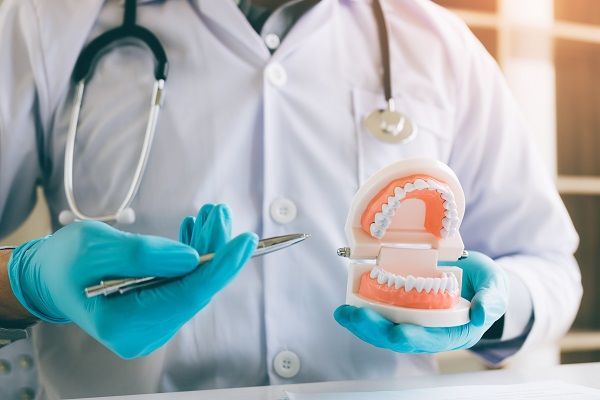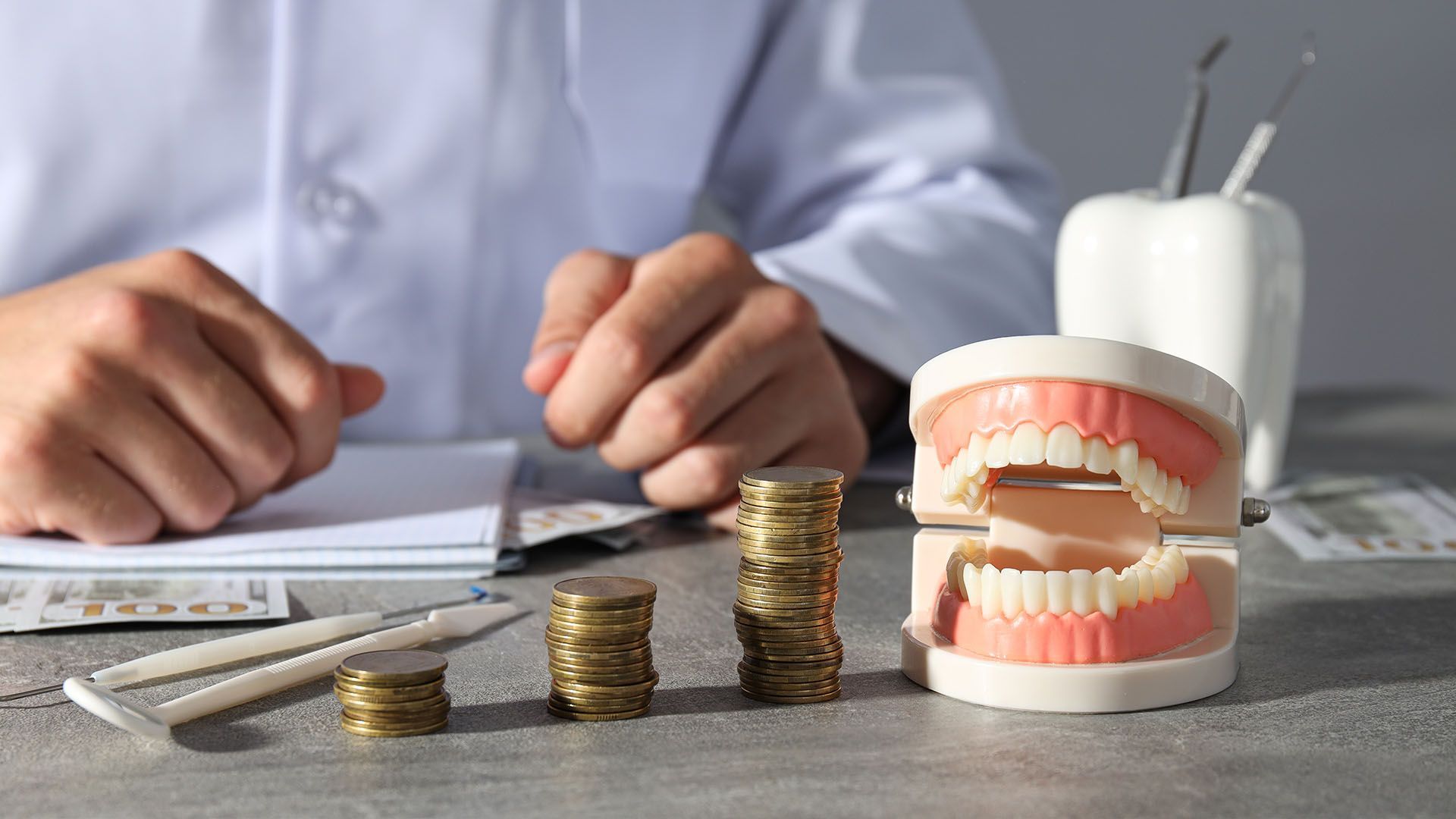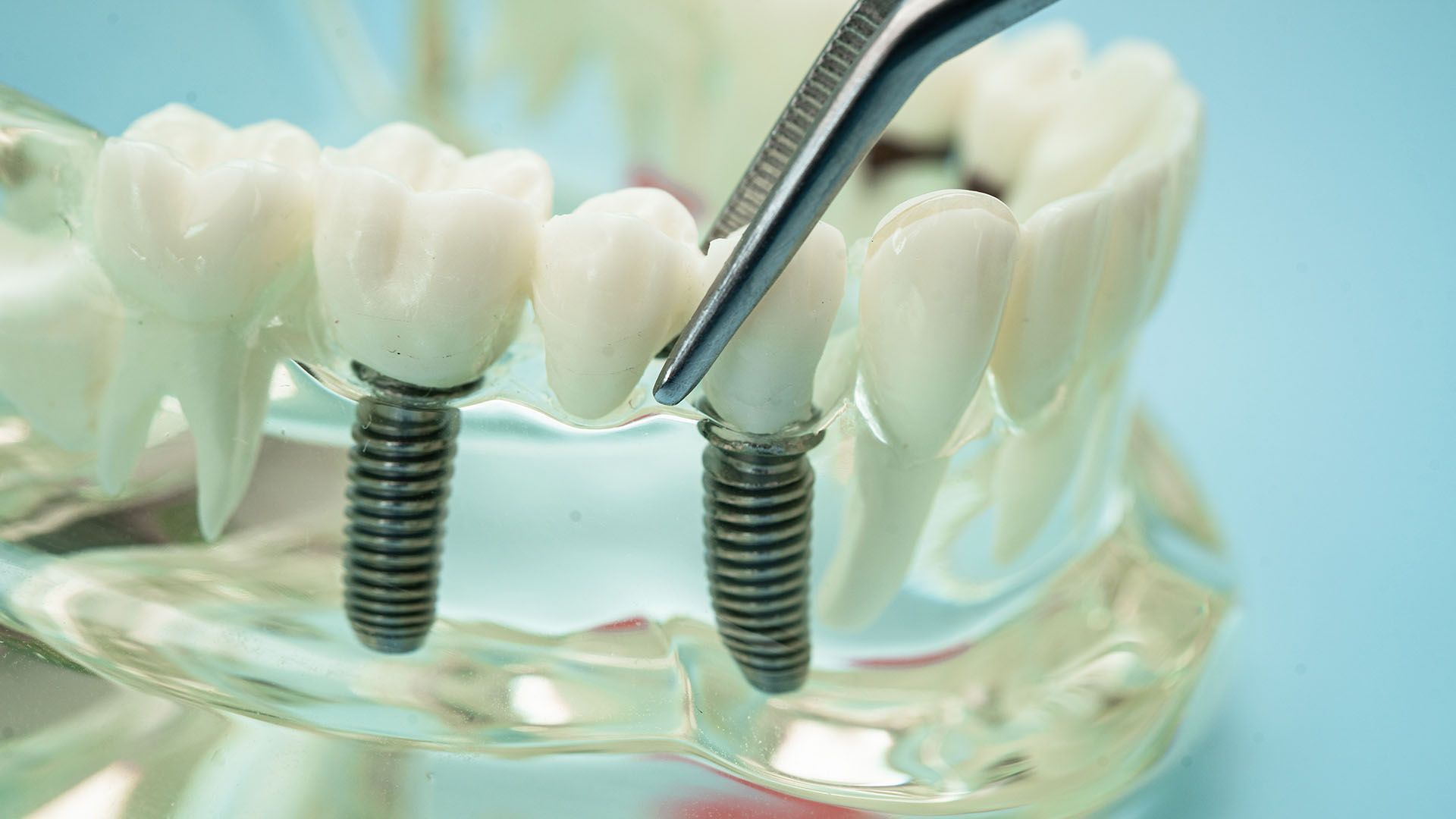A Guide to Crown Restorations for Your Dental Implants

If you are getting dental implants, one of the stages of the procedure is getting crown restorations. Many patients are intrigued by the mechanism of dental implants and want to know what happens at every stage of the procedure. Placing the crown is usually the final stage of dental implant placement and done only after the implant has fully integrated with the jawbone.
Creating the crown restoration
Every dental implant restoration has the same structure: a titanium metal screw that mimics the root and an abutment that connects the implant to the porcelain crown. The crown is the only visible part of the implant restoration since the implant post is embedded inside the jaw. Connecting the crown restoration to the implant is a simple procedure.
When aesthetic is crucial, especially for front teeth, a customized temporary crown may be installed to serve as a blueprint for the final permanent crown. This gives the cosmetic dentist the time to work out different factors, such as color, shape and papillae regeneration, ahead of time. To create the perfect crown, the dentist must consider speech, compatibility with the smile line and gum tissues and bite alignment.
The choices of crown material and color matching are the basic mechanical and artistic elements that must work together to create a stunning crown restoration for the dental implant, which matches the adjacent natural teeth. These factors are important and demand the skill, expertise and experience of the cosmetic dentist for success.

Attaching the crown restoration
The dentist can choose between screw-retained or cement-retained crowns. Both methods are effective for securing the crown, but there are benefits and drawbacks for each.
Screw retainment: If the crown will be connected to the implant with screws, it is essential to insert the implant carefully to allow easy placement. Using screws makes it easier to maintain and adjust the screw regularly, as well as ensure maximum retention. Although a well-placed implant can last a lifetime, the crown restoration might not. It may be necessary to replace or repair the crown, and using screws instead of cement makes the job easier.
For any skilled dentist, repairing a damaged dental crown is as simple as removing the screw and the crown from the abutment. There is minimal risk of damage to the implant when replacing or repairing the crown. Dentists also prefer using screws for crowns that are placed immediately after inserting the implant post.
The screw access hole as an aesthetic drawback. It is possible to cover the hole with tooth-colored fillings, but it may be visible and unappealing, particularly for a front-row tooth.
Cement crowns, on the other hand, have a smooth surface that is suitable for front teeth, but the cement may irritate the gum and bone tissue. Also, cement crowns are harder to remove for implant repair. In the end, the choice depends on the implant’s location and the dentist’s preference.
Final note
If you want to learn more about dental implants and crown restorations, you can contact a cosmetic dentist for an appointment.
Request an appointment here: https://www.casasadobesdentistry.com or call Casas Adobes Dentistry at (520) 365-0559 for an appointment in our Tucson office.








